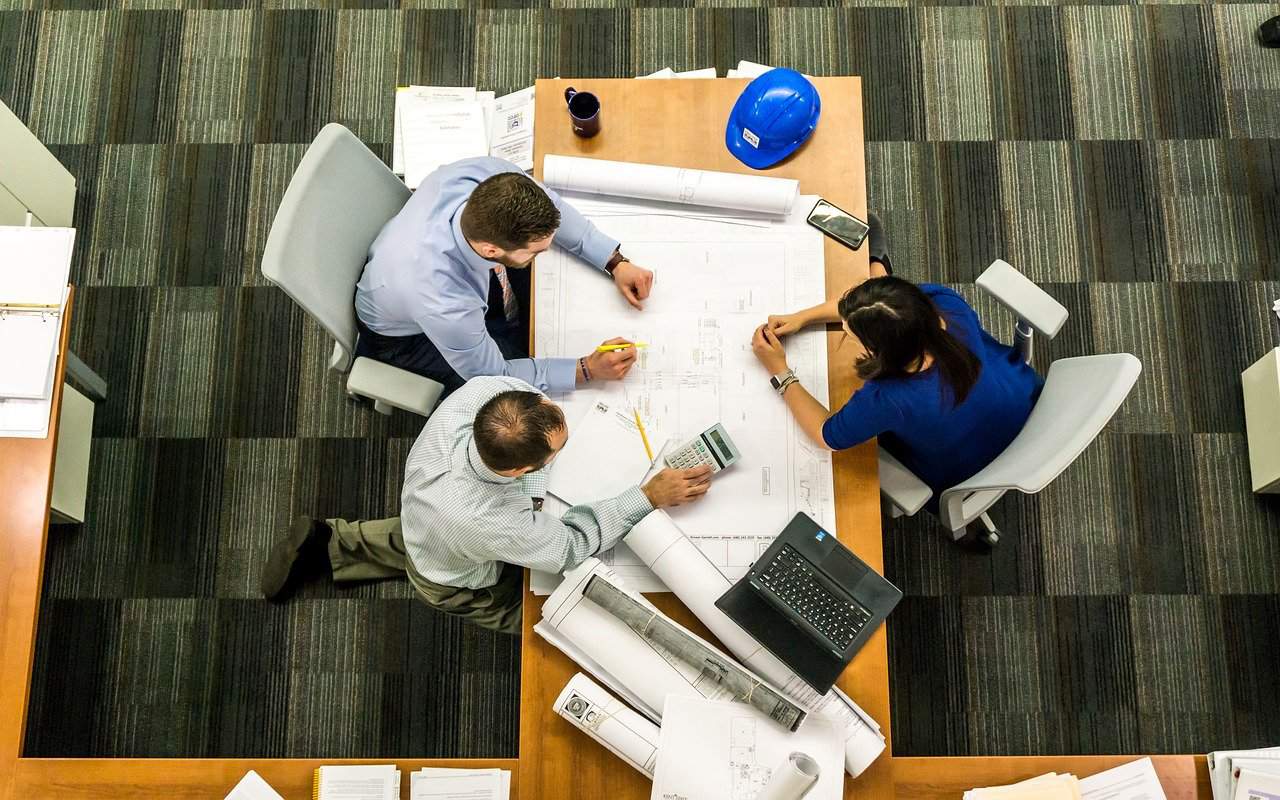In many parts of the modern world at large and particularly in the developing world, we spend a good part of our working days inside an office environment. Consequently, a considerable section of our lives are invested in these spaces insulated from the world outside. Thus for employers, office interior design becomes not only a responsibility but a great opportunity as well. A responsibility to ensure the well-being of an employee in the best way possible, and an opportunity to enhance the overall productivity of the firm.
When designing for maximum productivity, comfort and well-being of the staff should be taken into account. Before we dive into the design strategies, let’s first understand the difference and importance of these two aspects.
So how do we define comfort and why is it so important?
Comfort may be described as a state of mental and physical ease. Comfort and productivity are often directly proportionate to each other and it is for this reason that good office interior design must take into consideration the comfort of all employees across hierarchies.
How do you define well-being and why is it so important?
Well-being can be defined as a state of being comfortable, healthy and happy. Like comfort, well-being is also directly proportionate productivity.
What to consider when designing a comfortable office?
Layout and space planning – The interior layout and space planning of your office must be considered carefully to ensure good circulation of space, ease of movement of people, prevent crowding and allow for ease of interactivity between individuals and between different departments.
Light – When designing the interiors of your office, take care to capitalize on available natural light. The office must be designed in a way so as to allow the maximum number of employees, the maximum access to natural light. This has an impact on mood and well-being and consequently on productivity. When sufficient natural light is not available, artificial lighting must be well planned to make up for this deficit. Space should be designed to avoid dark corridors, unlit passages and generally low-lit or confined spaces.

Seating – Care must be taken to ensure that employees have comfortably sized workstations that are proportionate to the nature of the individuals tasks. Cramped workstations can be frustrating and will hamper an employees ability to perform their tasks properly. Chairs must also be very comfortable to sit on for long periods of time. Ensure that chairs are sturdy and have good ergonomics with sufficient thigh and lumbar support.
Air-conditioning and fresh air – The air conditioning system for your office must be designed to provide uniform cooling. Warm and cold pockets can be very uncomfortable and can have a big impact on employee productivity, motivation and well-being. Fresh air is also very important and must not be seen as an optional extra. A fresh air system will introduce fresh air into the office from outside. Continually circulating stale air is bad for health as it contains less oxygen, more allergens and pathogens. Unhealthy employees are also less productive employees.
Sound – Your office space should be designed to be as quiet as possible. Sources of noise such as a pantry or café should be located as far away from the working areas as possible. Additionally, sound-absorbing materials should be used to reduce general ambient noise.
Some tips for enhancing employee well-being through good office interior design.
Fresh air – Apart from a good ventilation system, try adding a living green wall or an indoor garden. Besides providing natural beauty and a symbolic connection to the outdoors, some indoor plants can actually filter out toxins from the air.

Break-out spaces – Try and leave some space in your office for use as a break-out zone. This area could have casual seating, some nice books, a few games and even a coffee machine. If you don’t have enough room for a break-out zone, your café can also serve as one. Your interior designer can plan your café space to be a cozy and lively space, well suited for meals as well as relaxation and creative thinking.
Some amazing benefits of a well-designed office
Pride and sense of belonging – A well-designed office is a source of pride for all team members across hierarchies. This helps keep staff motivated, builds a sense of belonging to an organization, and boosts morale.
Attract better talent – A great looking and well-designed office makes a great first impression on clients as well as on quality talent that is seeking to work in a professional organization. This leads to an improvement in talent quality and overall performance and productivity over a period of time.





